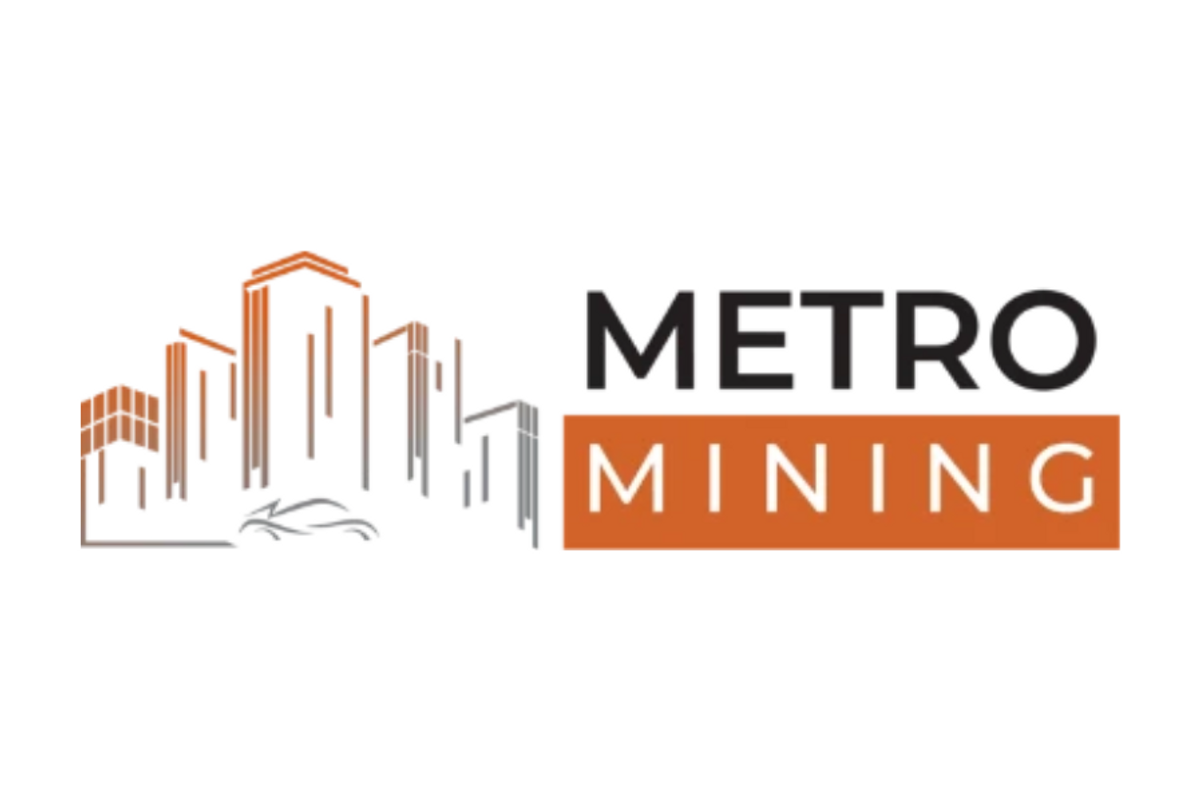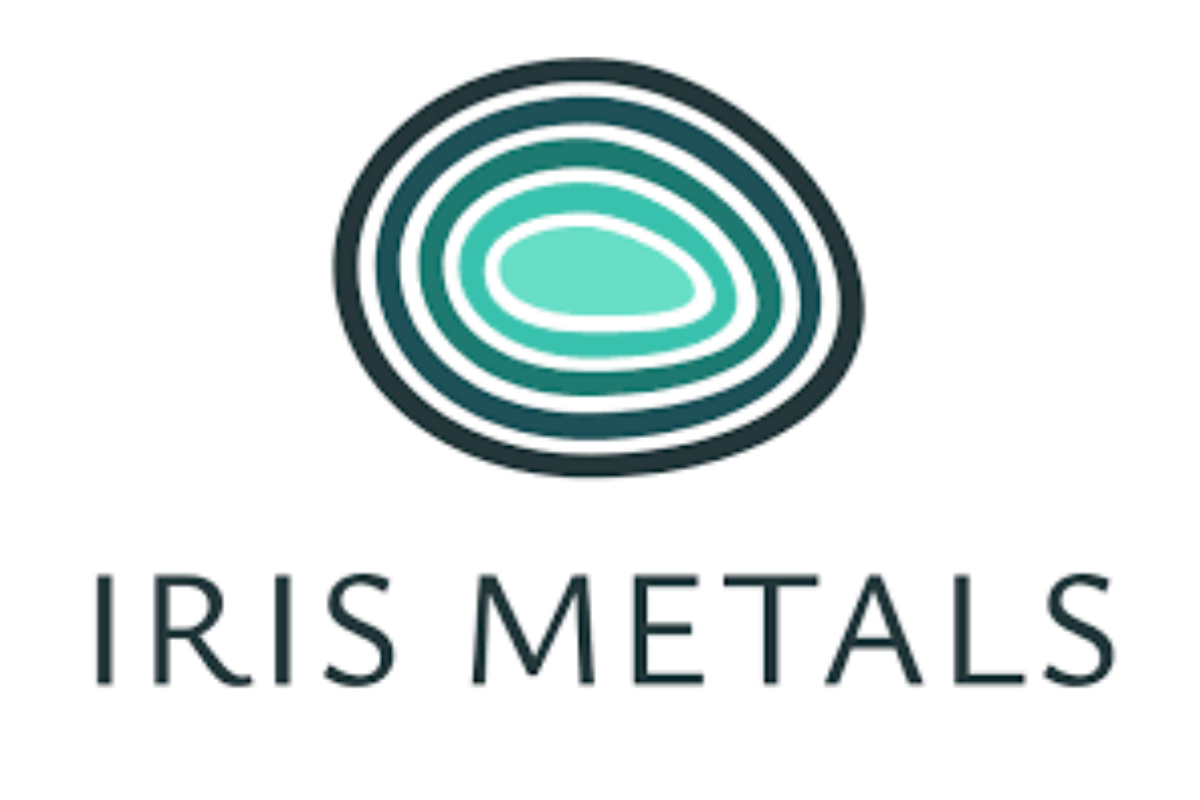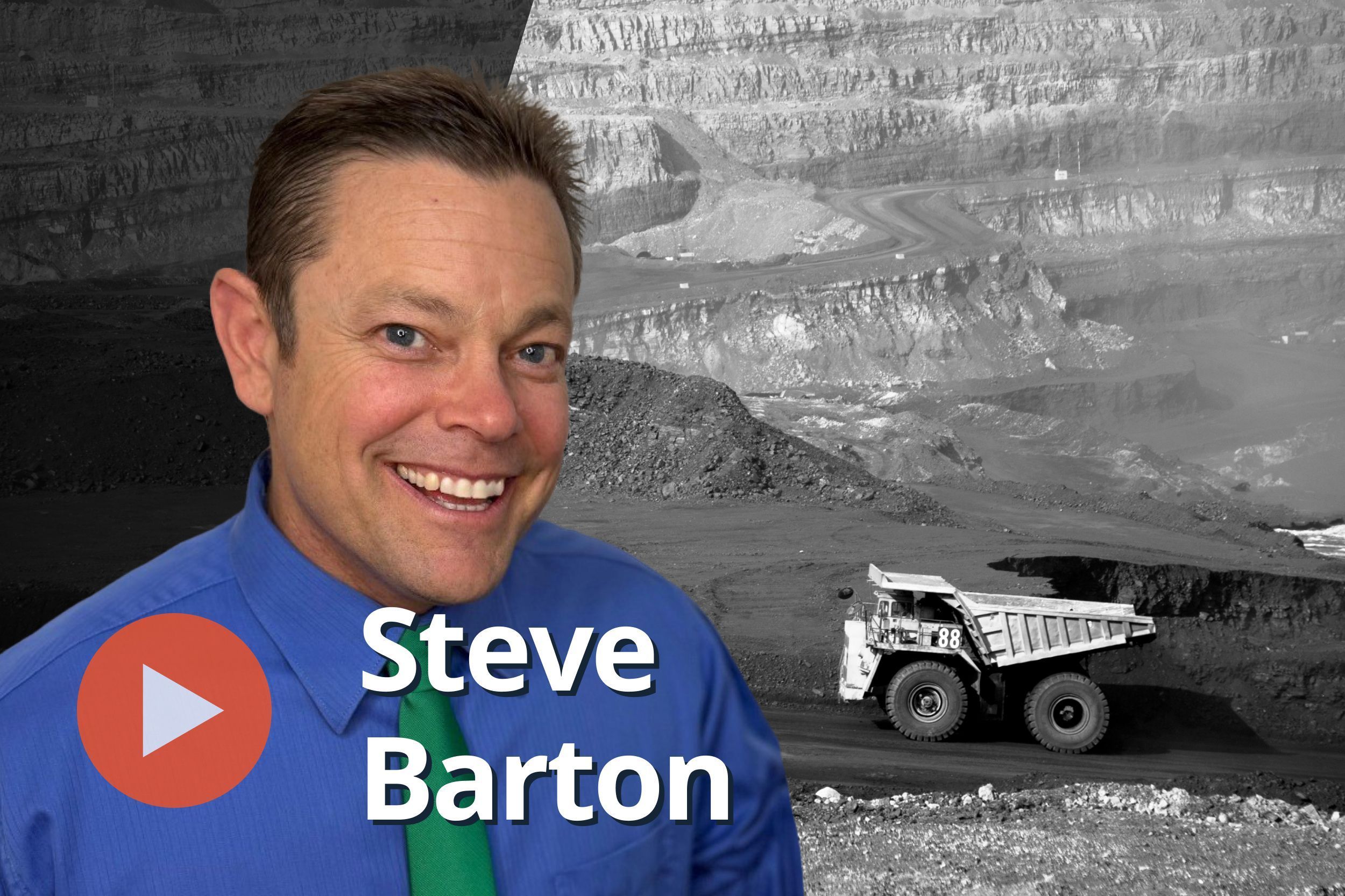
February 27, 2025
Metro Mining Limited (ASX: MMI) (Metro or the Company) is pleased to announce the release of its annual results for 2024, in which the Ikamba Offshore Floating Terminal (OFT) and port infrastructure upgrades were commissioned.
- 24% increase in shipped production to 5.7 million WMT
- 30% increase in revenue to $307 million
- 100% increase in Underlying EBITDA to $37 million
- 35% reduction in net debt1
- Production and shipment guidance for 2025 set at 6.5 to 7.0 million WMT
Following commissioning in quarter 2, in the final quarter of the year, the Bauxite Hills Mine demonstrated its capacity to consistently operate at the expansion project target rate of 7 million wet metric tonnes (WMT) per annum, culminating in total shipped production of 5.7 million WMT, a 24% year-on-year increase.
Record shipments and a strong pricing environment contributed to a 30% year-on-year revenue increase to $307 million. Site EBITDA margins were $13.8 /WMT and $17.4 /WMT in Q3 and Q4, respectively resulting in a 100% increase in underlying group earnings (EBITDA) to $37 million. 100% of the junior debt of $39 million was paid down, resulting in a 35% reduction in net debt to $44 million including $31 million of cash at year end.
The $36 million expansion is complete with the full flow sheet in place including new haulage fleet, upgraded loading capacity at pit and port, new wobbler screening circuit, 2 additional tugs and the OFT. Following the pause for major maintenance in the wet season, Metro expects to recommence operations in the second half of March with shipment guidance of 6.5 to 7.0 million WMT for 2025.
Simon Wensley, CEO & MD of Metro Mining said: “Metro has turned in a combination of record results for 2024, especially in the second half, as we ramped up the expansion. I expect to see further economies of scale flowing through in 2025 as we lift production by a further 20%, with continued strong traded bauxite demand flowing through to improved margins”.
Click here for the full ASX Release
This article includes content from Metro Mining Limited, licensed for the purpose of publishing on Investing News Australia. This article does not constitute financial product advice. It is your responsibility to perform proper due diligence before acting upon any information provided here. Please refer to our full disclaimer here.

Sign up to get your FREE
Metro Mining Investor Kit
and hear about exciting investment opportunities.
- Corporate info
- Insights
- Growth strategies
- Upcoming projects
GET YOUR FREE INVESTOR KIT
The Conversation (0)
07 October
Metro Mining
Pure-play low-cost producer of high-grade Australian bauxite
Pure-play low-cost producer of high-grade Australian bauxite Keep Reading...
18 December
Iris Secures Right to High-grade Tungsten Project, Montana USA and Update on Capital Raising
IRIS Metals Limited (ASX: IR1, “IRIS” or “the Company”) is pleased to announce it has executed a binding Heads of Agreement (HOA) with Finley Mining Inc for the exclusive right to farm-in to the Finley Basin Tungsten Project (Tungsten Project) located in Granite County, Montana, USA. This... Keep Reading...
16 December
Mark These Tax-loss Selling Dates on Your Calendar
As the end of 2025 nears, investors may want to consider how they can use tax-loss selling to their benefit.Buying stocks low and selling them high is ideal, but sometimes investments go sour. In such cases, all hope is not lost — at the end of the year, investors can sell investments that... Keep Reading...
01 December
Australia Minerals Council Blasts EPBC Bill’s Lack of Environment and Mining Balance
“The deal between the Federal Government and the Greens to pass the Environment Protection Reform Bill 2025 and related bills is an inferior and disappointing outcome which fails to strike the right balance between protecting Australia’s unique environment while enabling responsible and... Keep Reading...
28 November
Completion of the Acquisition of the Webbs Consol Silver Project
Rapid Critical Metals Limited (‘Rapid,’ ‘RCM’ or ‘Company’) is pleased to announce that it has completed the acquisition of the Webbs Consol Silver Project (Webbs Consol) in northeast New South Wales, comprising EL 8933 and EL 9454 from Lode Resources Limited (ASX: LDR) (Lode Resources). The... Keep Reading...
19 November
Red Mountain Mining Successfully Lists on the US Stock Market with a Strong Trading Debut Up 36%
Red Mountain Mining Limited (ASX: RMX, US CODE: RMXFF, or “Company”), a Critical Minerals exploration and development company with a growing portfolio in Tier-1 Mining Districts in the United States and Australia, is pleased to announce that RMXFF successfully commenced trading on the OTCQB this... Keep Reading...
18 November
Steve Barton: Mining Stocks — How I Pick Winners, When to Buy and Sell
Steve Barton, host of In It To Win It, shares how he picks mining stocks, running through his initial screening process for companies, as well as the questions he asks CEOs.He also explains how he decides when to buy and when to sell.Don't forget to follow us @INN_Resource for real-time... Keep Reading...
Latest News

Sign up to get your FREE
Metro Mining Investor Kit
and hear about exciting investment opportunities.
- Corporate info
- Insights
- Growth strategies
- Upcoming projects
GET YOUR FREE INVESTOR KIT
Interactive Chart
Latest Press Releases
Related News
TOP STOCKS
American Battery4.030.24
Aion Therapeutic0.10-0.01
Cybin Corp2.140.00






